Landscape photography is a genre of photography that focuses on capturing outdoor natural scenery, including mountains, forests, beaches, waterfalls, and other natural environments. The primary goal of choosing best lens for landscape photography is to capture the beauty and serenity of nature, often highlighting the unique features of a particular location or capturing a particular mood or atmosphere.
Landscape photographers may use various techniques to capture the perfect shot, including adjusting the lighting, composition, and focus of the image and using filters, lenses, and other equipment to enhance the final result.
Table of Contents
Importance of choosing the right lens
Choosing the right lens is crucial in photography, as it can greatly impact the final image. Here are some reasons why you should select the best lens for landscape photography :
Perspective: Different lenses have different focal lengths, affecting the image’s perspective. A wide-angle lens can capture more of the scene, while a telephoto lens can magnify distant subjects. Choosing the right lens can help you achieve the desired perspective and composition.
Depth of field: The choice of a lens affects the depth of field or the area of the image that is in focus. A wide-aperture lens can create a shallow depth of field, which can be useful for isolating the subject from the background. On the other hand, a narrow aperture lens can create a larger depth of field, which is useful for capturing landscapes.
Image quality: Different lenses have different optical qualities, which can affect the sharpness, contrast, and color of the final image. Choosing a high-quality lens can help you achieve the best possible image quality.
Shooting conditions: Different lenses are designed for different shooting conditions. For example, a fast lens with a wide aperture may be necessary for shooting in low-light conditions, while a weather-sealed lens may be necessary for shooting in inclement weather.
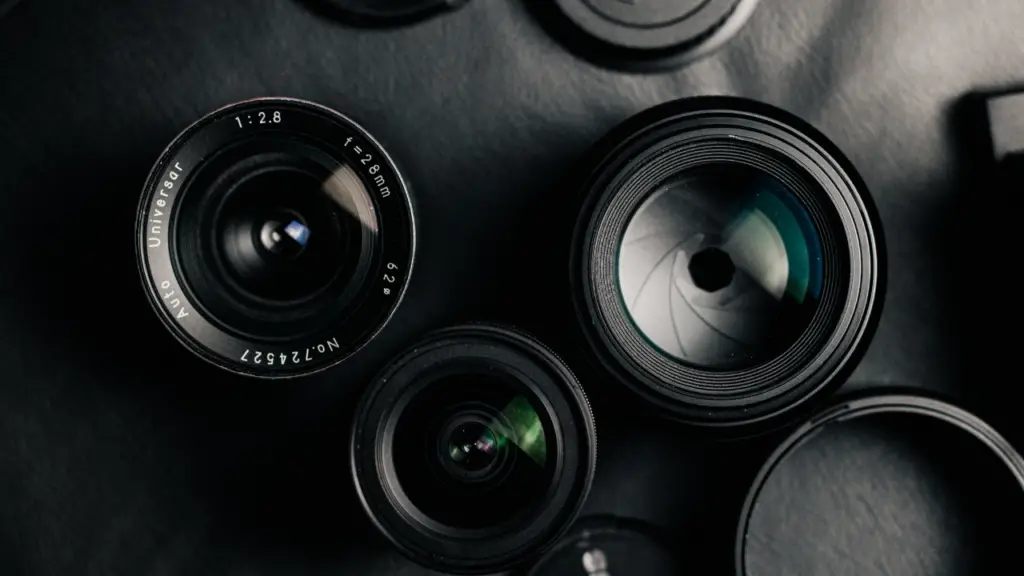
Types of Lenses
Wide-angle lenses
Wide-angle lenses have a shorter focal length, typically 10mm to 35mm (on a full-frame camera). They have a wider field of view than normal or telephoto lenses, allowing you to capture more of the scene in your frame. Here are some characteristics and uses of wide-angle lenses:
Distortion: Wide-angle lenses can produce distortion, especially towards the edges of the frame; this can create a unique look but can also be corrected in post-processing if desired.
Depth of field: Wide-angle lenses tend to have a greater depth of field, allowing you to keep more of the scene in focus.
Perspective: Wide-angle lenses can create a sense of depth and space, making the subject appear farther away than it is.
Landscapes: Wide-angle lenses are often used in landscape photography, allowing you to capture a wider view of the scenery.
Architecture: Wide-angle lenses are also useful for photographing architecture, as they can help capture the entire building or structure.
Environmental portraits: Wide-angle lenses can be used for environmental portraits, where the subject is shown within their surroundings, giving a sense of place and context.
Telephoto lenses
Telephoto lenses have a longer focal length, typically 70mm to 300mm or more (on a full-frame camera). They have a narrower field of view than normal or wide-angle lenses, allowing you to zoom in and capture distant subjects. Here are some characteristics and uses of telephoto lenses:
Compression: Telephoto lenses can compress the perspective, making distant subjects appear closer together and creating a sense of depth in the image.
Narrow depth of field: Telephoto lenses tend to have a shallower depth of field, allowing you to isolate the subject from the background.
Sports and wildlife: Telephoto lenses are commonly used in sports and wildlife photography, as they allow you to capture distant action and wildlife without disturbing the subject.
Portraiture: Telephoto lenses can be used for portrait photography, especially headshots and close-ups. They can create a shallow depth of field and isolate the subject from the background.
Street photography: Telephoto lenses can be useful for street photography, allowing you to capture candid moments from a distance without being intrusive.
Landscape photography: Telephoto lenses can also be used in landscape photography to capture distant mountains, clouds, and other natural features.
Standard lenses
Standard lenses, also known as normal lenses, have a focal length approximately equal to the diagonal measurement of the camera’s image sensor. This is typically around 50mm on a full-frame camera, while on a crop-sensor camera, it is around 35mm. Here are some characteristics and uses of standard lenses:
Natural perspective: Standard lenses produce a natural perspective similar to how the human eye sees the world. This makes them a good choice for everyday photography.
Versatility: Standard lenses are a versatile option that can be used for a wide range of photography, including landscapes, portraits, street photography, and more.
Compact and lightweight: Standard lenses are often smaller and lighter than other lenses, making them convenient for travel and everyday use.
Wide aperture: Standard lenses often have a wide maximum aperture, such as f/1.8 or f/1.4, allowing for shallow field depth and better low-light performance.
Portraiture: Standard lenses can be used for portrait photography, especially environmental portraits, showing the subject within their surroundings.
Street photography: Standard lenses are a good option for street photography, as they allow you to capture the scene without being too intrusive.
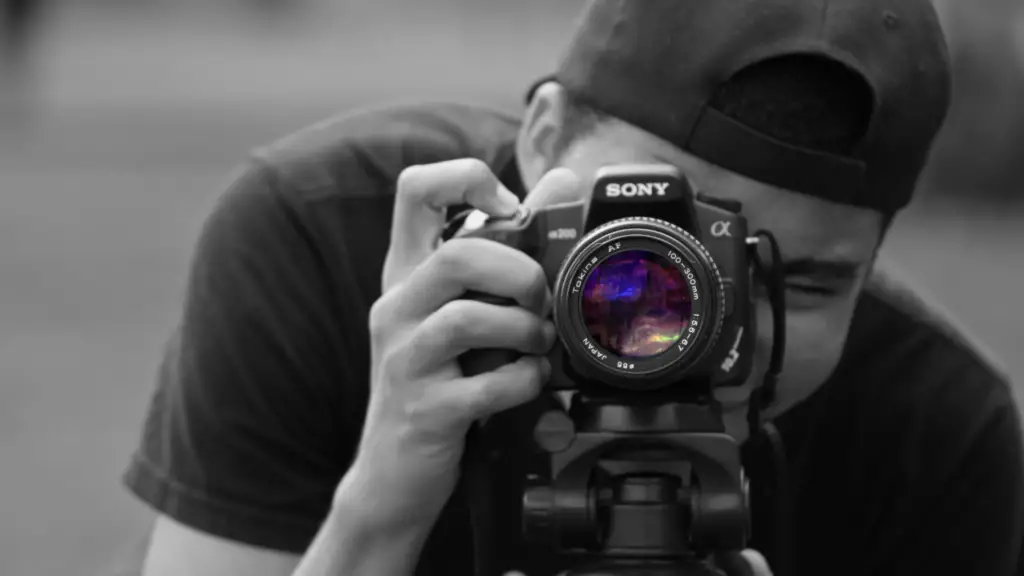
Factors to Consider When Choosing a Lens
Focal length
Focal length is one of the most important factors to consider when choosing a lens. The focal length determines the angle of view and magnification of the lens. Here are some things to consider when choosing a lens based on focal length:
Purpose: Consider the purpose of the lens and what type of photography you will be using it for. Wide-angle lenses are great for landscapes and architecture, while telephoto lenses are ideal for wildlife and sports photography.
Sensor size: Your camera’s sensor size will affect the lens’s effective focal length. For example, a 50mm lens on a full-frame camera will have a different field of view than the same lens on a crop-sensor camera.
Zoom vs. prime: Zoom lenses cover a range of focal lengths, while prime lenses have a fixed focal length. Consider whether you need the flexibility of a zoom lens or the faster aperture and sharper image quality of a prime lens.
Aperture: Consider the lens’s maximum aperture, as this will affect the depth of field and low-light performance. Lenses with wider maximum apertures, such as f/1.8 or f/2.8, are better for low-light situations and create a shallow depth of field.
Budget: Consider your budget when choosing a lens; longer focal lengths and wider apertures can be more expensive. Determine the most important features for your photography needs and choose a lens that fits your budget.
Aperture
The aperture is another important factor to consider when choosing a lens. The aperture is the opening in the lens that controls the amount of light that enters the camera. Here are some things to consider when choosing a lens based on aperture:
Maximum aperture: Consider the lens’s maximum aperture, represented by the f-stop number (e.g., f/1.8 or f/2.8). Lenses with wider maximum apertures allow more light to enter the camera. They are better for low-light situations and create a shallow depth of field.
Depth of field: Aperture also affects the depth of field, which is the range of distance that appears sharp in the image. Wider apertures (lower f-stop numbers) create a shallower depth of field, while narrower apertures (higher f-stop numbers) create a deeper depth of field.
Bokeh: A wider aperture can also create a pleasing blur effect in the image’s out-of-focus areas, known as bokeh. Consider whether you want to achieve a smooth and creamy bokeh in your images.
Lens design: Some lenses are designed with circular aperture blades, which can create a more pleasing bokeh than lenses with straight aperture blades.
Cost: Lenses with wider maximum apertures are typically more expensive than those with narrower maximum apertures. Consider your budget when choosing a lens based on aperture.
Image stabilization
Image stabilization is a technology that helps reduce camera shake and blur in photos and videos. It is important to consider when choosing a lens, especially if you plan to shoot in low light or at slower shutter speeds. Here are some things to consider when choosing a lens based on image stabilization:
Type of stabilization: There are two main types of image stabilization: lens-based and camera-based. Lens-based stabilization, also known as optical stabilization, is built into the lens and allows for more precise control over stabilization. Camera-based or in-body stabilization is built into the camera and can be used with any lens. Consider which type of stabilization is best for your needs.
Effectiveness: Consider the effectiveness of image stabilization in the lens. Some lenses have more advanced stabilization systems than others, and some may not have stabilization at all. Look for reviews and test the lens to determine the stabilization’s effectiveness.
Cost: Lenses with image stabilization are typically more expensive than those without. Consider your budget and whether image stabilization is necessary for your needs.
Shooting conditions: Consider the shooting conditions and the types of photography you will be doing. Suppose you plan to shoot in low light or at slower shutter speeds. Image stabilization can be especially helpful in reducing camera shake and blur.
Lens distortion
Lens distortion is a common optical issue that can occur in photography. It can result in straight lines appearing curved or distorted, especially towards the edges of the frame. Here are some things to consider when choosing a lens based on distortion:
Type of lens: Different lenses can have different types of distortion. For example, wide-angle lenses tend to have more barrel distortion, while telephoto lenses can have pincushion distortion. Consider the type of lens and the type of distortion it may produce.
Lens design: The design of the lens can also affect distortion. Some lenses are designed with aspherical or ED (Extra-low Dispersion) elements that help reduce distortion. Look for lenses with advanced optical designs that minimize distortion.
Correction: Some cameras and editing software have distortion correction features that can help correct lens distortion. However, this can result in some loss of image quality. Consider whether you are willing to correct distortion in post-processing or if you want to avoid it altogether by choosing a lens with minimal distortion.
Shooting style: Consider your shooting style and the subjects you will photograph. If straight lines are a prominent feature in your images, such as in architectural photography, choose a lens with minimal distortion.
Weight and size
Weight and size are important factors to consider when choosing a lens, especially if you plan to use it for extended periods or when traveling. Here are some things to consider when choosing a lens based on weight and size:
Type of photography: Consider the type of photography you will be doing and the lens that best suits your needs. Some types of photography may require larger and heavier lenses, such as wildlife or sports photography, while others may allow smaller and lighter lenses.
Portability: Consider the portability of the lens. If you plan to travel with your lens or carry it for extended periods, a lighter and smaller lens may be more practical.
Balance: Consider the balance of the lens with your camera body. A large and heavy lens can be difficult to balance on a smaller camera body, while a smaller lens may not provide enough weight for larger camera bodies.
Lens mount: Consider the lens mount and compatibility with your camera body. Some lenses may be larger and heavier due to the type of mount or construction, while others may be more compact and lightweight.
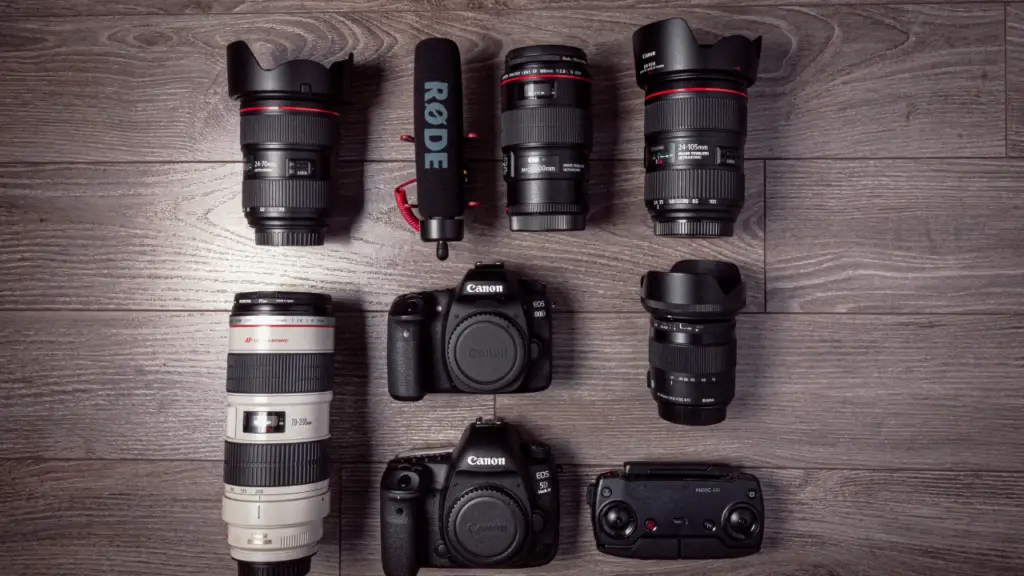
Best Lenses for Landscape Photography
Canon EF 16-35mm f/4L IS USM
The Canon EF 16-35mm f/4L IS USM is a wide-angle zoom lens designed for Canon DSLR cameras with a full-frame sensor. Here are some of its key features and specifications:
Focal length: The lens has a focal length range of 16-35mm, making it ideal for wide-angle photography such as landscapes, architecture, and interiors.
Aperture: The maximum aperture is f/4 throughout the zoom range, allowing for a relatively shallow depth of field and better low-light performance compared to other wide-angle lenses.
Image stabilization: The lens has built-in image stabilization, which can be especially useful when shooting handheld in low-light conditions or when using slower shutter speeds.
Lens construction: The lens has 16 elements in 12 groups, including three aspherical elements and two UD (Ultra-Low Dispersion) elements, which help reduce distortion and chromatic aberration.
Autofocus: The lens uses an Ultrasonic Motor (USM) for fast and accurate autofocus and has full-time manual focus override for precise manual focusing.
Weather sealing: The lens is dust- and moisture-resistant, which makes it suitable for use in challenging weather conditions.
Nikon AF-S Nikkor 14-24mm f/2.8G ED
The Nikon AF-S Nikkor 14-24mm f/2.8G ED is a wide-angle zoom lens designed for Nikon DSLR cameras with a full-frame sensor. Here are some of its key features and specifications:
Focal length: The lens has a focal length range of 14-24mm, making it ideal for wide-angle photography such as landscapes, architecture, and interiors.
Aperture: The maximum aperture is f/2.8 throughout the zoom range, allowing for a shallow field depth and better low-light performance compared to other wide-angle lenses.
Lens construction: The lens has 14 elements in 11 groups, including two ED (Extra-low Dispersion) elements and three aspherical elements, which help reduce distortion and chromatic aberration.
Autofocus: The lens uses an Ultrasonic Motor (USM) for fast and accurate autofocus and has full-time manual focus override for precise manual focusing.
Weather sealing: The lens is dust- and moisture-resistant, which makes it suitable for use in challenging weather conditions.
Compatibility: The lens is compatible with Nikon’s Silent Wave Motor (SWM) and Vibration Reduction (VR) technology.
Sony FE 16-35mm f/2.8 GM
The Sony FE 16-35mm f/2.8 GM is a wide-angle zoom lens designed for Sony E-mount full-frame mirrorless cameras. Here are some of its key features and specifications:
Focal length: The lens has a focal length range of 16-35mm, making it ideal for wide-angle photography such as landscapes, architecture, and interiors.
Aperture: The maximum aperture is f/2.8 throughout the zoom range, allowing for a shallow field depth and better low-light performance compared to other wide-angle lenses.
Lens construction: The lens has 16 elements in 13 groups, including two Extra-low Dispersion (ED) glass elements and three aspherical elements, which help reduce distortion and chromatic aberration.
Autofocus: The lens uses two Direct Drive SSM (Super Sonic wave Motor) for fast and accurate autofocus and has full-time manual focus override for precise manual focusing.
Image stabilization: The lens does not have built-in image stabilization but is compatible with Sony’s in-body stabilization system, which can help reduce camera shake and improve image quality.
Weather sealing: The lens is dust- and moisture-resistant, which makes it suitable for use in challenging weather conditions.
Tamron SP 15-30mm f/2.8 Di VC USD G2
The Tamron lens SP 15-30mm f/2.8 Di VC USD G2 is a wide-angle zoom lens designed for full-frame DSLR cameras. Here are some of its key features and specifications:
Focal length: The lens has a focal length range of 15-30mm, making it ideal for wide-angle photography such as landscapes, architecture, and interiors.
Aperture: The maximum aperture is f/2.8 throughout the zoom range, allowing for a shallow field depth and better low-light performance compared to other wide-angle lenses.
Lens construction: The lens has 18 elements in 13 groups, including multiple low dispersion (LD) and aspherical elements, which help reduce distortion and chromatic aberration.
Autofocus: The lens uses a USD (Ultrasonic Silent Drive) motor for fast and accurate autofocus and has a full-time manual focus override for precise manual focusing.
Image stabilization: The lens has built-in VC (Vibration Compensation) image stabilization, which helps reduce camera shake and improve image quality.
Weather sealing: The lens is moisture-resistant and has a fluorine coating on the front element to repel water and oil, which makes it suitable for use in challenging weather conditions.
Sigma 14-24mm f/2.8 DG HSM Art
The Sigma lens 14-24mm f/2.8 DG HSM Art is a wide-angle zoom lens designed for full-frame DSLR cameras. Here are some of its key features and specifications:
Focal length: The lens has a focal length range of 14-24mm, making it ideal for wide-angle photography such as landscapes, architecture, and interiors.
Aperture: The maximum aperture is f/2.8 throughout the zoom range, allowing for a shallow field depth and better low-light performance compared to other wide-angle lenses.
Lens construction: The lens has 17 elements in 11 groups, including multiple low dispersion (SLD) and aspherical elements, which help reduce distortion and chromatic aberration.
Autofocus: The lens uses a Hyper Sonic Motor (HSM) for fast and accurate autofocus and has a full-time manual focus override for precise manual focusing.
Image quality: The lens features Sigma’s proprietary FLD (“F” Low Dispersion) glass and Super Multi-Layer Coating to minimize chromatic aberrations and produce sharp, high-contrast images.
Weather sealing: The lens is dust- and splash-proof, which makes it suitable for use in challenging weather conditions.
Canon EF 24-70mm f/2.8L II USM
The Canon EF 24-70mm f/2.8L II USM is a standard zoom lens for full-frame DSLR cameras. Here are some of its key features and specifications:
Focal length: The lens has a focal length range of 24-70mm, making it ideal for general-purpose photography such as portraits, weddings, and events.
Aperture: The maximum aperture is f/2.8 throughout the zoom range, which allows for a shallow depth of field and better low-light performance compared to some other standard zoom lenses.
Lens construction: The lens has 18 elements in 13 groups, including multiple low dispersion (UD) and aspherical elements, which help reduce distortion and chromatic aberration.
Autofocus: The lens uses a ring-type Ultrasonic Motor (USM) for fast and accurate autofocus and has full-time manual focus override for precise manual focusing.
Image quality: The lens features Canon’s proprietary Air Sphere Coating (ASC) and Super Spectra Coating to minimize ghosting and flare and produce sharp, high-contrast images.
Weather sealing: The lens is dust- and moisture-resistant, which makes it suitable for use in challenging weather conditions.
Nikon AF-S Nikkor 24-70mm f/2.8E ED VR
The Nikon AF-S Nikkor 24-70mm f/2.8E ED VR is a standard zoom lens for full-frame DSLR cameras. Here are some of its key features and specifications:
Focal length: The lens has a focal length range of 24-70mm, making it ideal for general-purpose photography such as portraits, weddings, and events.
Aperture: The maximum aperture is f/2.8 throughout the zoom range, which allows for a shallow depth of field and better low-light performance compared to some other standard zoom lenses.
Lens construction: The lens has 20 elements in 16 groups, including multiple Extra-low Dispersion (ED) and aspherical elements, which help reduce distortion and chromatic aberration.
Autofocus: The lens uses a Silent Wave Motor (SWM) for fast and accurate autofocus and has a full-time manual focus override for precise manual focusing.
Image stabilization: The lens features Vibration Reduction (VR) technology, which helps reduce camera shake and allows for sharper handheld shots at slower shutter speeds.
Weather sealing: The lens is dust- and moisture-resistant, which makes it suitable for use in challenging weather conditions.
Sony FE 24-70mm f/2.8 GM
The Sony FE 24-70mm f/2.8 GM is a standard zoom lens designed for Sony’s full-frame mirrorless cameras. Here are some of its key features and specifications:
Focal length: The lens has a focal length range of 24-70mm, making it ideal for general-purpose photography such as portraits, weddings, and events.
Aperture: The maximum aperture is f/2.8 throughout the zoom range, which allows for a shallow depth of field and better low-light performance compared to some other standard zoom lenses.
Lens construction: The lens has 18 elements in 13 groups, including multiple Extra-low Dispersion (ED) and aspherical elements, which help reduce distortion and chromatic aberration.
Autofocus: The lens uses a Direct Drive Super Sonic Wave Motor (DDSSM) for fast and accurate autofocus and has a full-time manual focus override for precise manual focusing.
Image quality: The lens features Sony’s proprietary Nano AR Coating to minimize ghosting and flare and produce sharp, high-contrast images.
Weather sealing: The lens is dust- and moisture-resistant, which makes it suitable for use in challenging weather conditions.
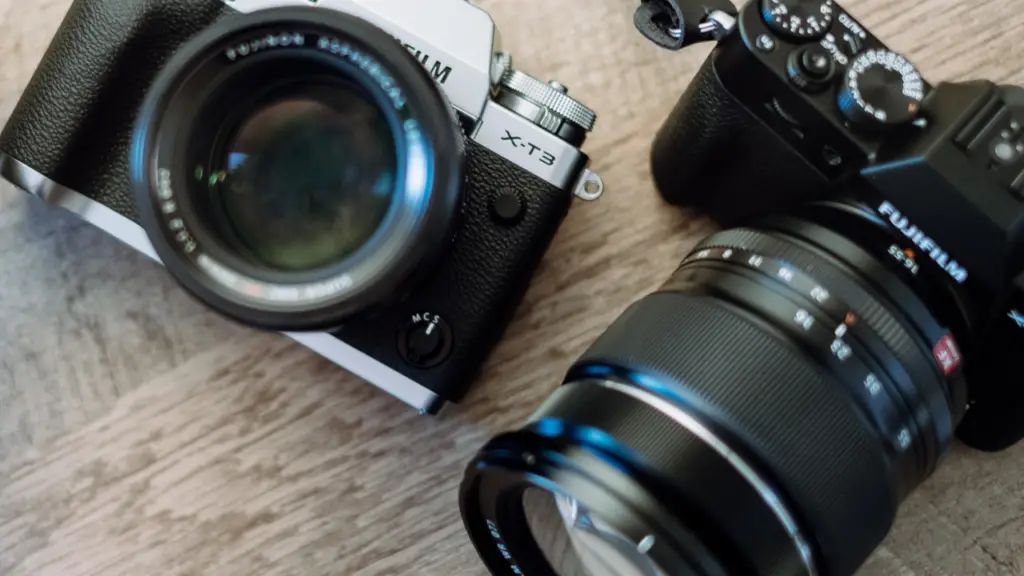
Camera Lens Accessories
Filters
Filters are one of the most commonly used camera lens accessories. They are designed to modify the light that enters the lens and can be used to create special effects or to protect the lens from scratches and other damage. Here are some common types of filters:
UV filter: A UV filter is a clear filter designed to block ultraviolet light. It can protect the lens from scratches and other damage and help reduce haze in outdoor shots.
Polarizing filter: A polarizing filter is used to reduce reflections and glare from non-metallic surfaces such as water, glass, and foliage. It can also help enhance the colors in the scene.
Neutral density filter: A neutral density filter is designed to reduce the amount of light that enters the lens without affecting the colors in the scene. It can create motion blur in bright light or use a wider aperture in bright conditions.
Graduated neutral density filter: A graduated neutral density filter is similar to a regular neutral density filter but is designed to be darker on one end and gradually become lighter towards the other. Landscape photography often uses it to balance the exposure between the sky and the ground.
Lens Hoods
A lens hood is a device attached to the front of a camera lens to help reduce unwanted light from entering the lens and causing lens flare or ghosting. It is designed to extend the lens barrel and create a shading effect that reduces stray light entering the lens.
Lens hoods come in different shapes and sizes depending on the lens and the purpose of use. Some hoods are tulip-shaped and are designed to work with wide-angle lenses to prevent vignetting, while others are cylindrical and work with standard or telephoto lenses.
Using a lens hood can help improve the quality of your images, especially in situations where there is a lot of direct or bright light. It can help reduce lens flare and ghosting, which can degrade image contrast and color accuracy. A lens hood can also help protect the lens’s front element from accidental bumps or scratches.
Most camera lenses come with a lens hood specifically designed for that lens, but there are also third-party lens hoods available for purchase. When using a lens hood, attach it correctly and use the right size for your lens to ensure maximum benefit.
Tripods
A tripod is a three-legged support system used to stabilize a camera and prevent camera shake when taking photos or recording video. It allows photographers and videographers to keep the camera steady in a fixed position, which can be especially important when shooting in low light or with longer shutter speeds.
Tripods come in a variety of sizes and materials, from small tabletop tripods to large, heavy-duty tripods designed for professional use. The legs of a tripod are typically adjustable, allowing the user to adjust the height and angle of the camera as needed.
There are also different types of tripod heads, including ball heads, pan-and-tilt heads, and gimbal heads. Each type of head has its own advantages and disadvantages, depending on the type of photography or videography being done.
When choosing a tripod, it’s important to consider factors such as the weight and size of the camera and lens, the type of photography or videography being done, and the shooting environment. A lightweight tripod may be suitable for travel or outdoor photography, while a heavy-duty tripod may be necessary for studio work or larger cameras and lenses.
Using a tripod can help improve the sharpness and clarity of your images, especially in situations where a camera shake can be a problem. It also allows for more flexibility in your shooting, as you can adjust the height and angle of the camera to get the perfect shot. Suppose you frequently shoot in low light, with longer shutter speeds, or with heavy camera gear. In that case, a tripod can be a valuable addition to your camera gear.
Lens Caps
Lens caps are protective covers that cover a lens’s front and rear elements when it is not in use. They help protect the lens from scratches, dust, and other damage. Most camera lenses come with lens caps, and it’s important to use them whenever you’re not using the lens.
There are two main types of camera lens caps: front lens caps and rear lens caps. Front lens caps are designed to fit over the front element of the lens, while rear lens caps are designed to fit over the rear element of the lens or the camera mount. When you’re not using the lens, keeping both the front and rear lens caps on is important to protect the lens from scratches, dust, and other damage.
There are also other types of lens caps, such as pinch caps or twist-lock caps, which are designed to be easier to attach and remove than traditional lens caps. Some lens caps also come with straps or cords that allow you to attach them to the camera strap or other accessories for easy access.
Using lens caps is a simple but effective way to protect your lenses and keep them in good condition. It’s important always to use lens caps when the lens is not in use and to keep them in a safe and easily accessible place when you’re shooting.
Remote shutter release
A remote shutter release is a device that allows the photographer to take a photo without physically touching the camera. This is especially useful when the camera needs to remain completely still, such as long exposures or when shooting with a tripod. A remote shutter release can also help prevent camera shake caused by pressing the camera’s shutter button.
Different types of remote shutter releases exist, including wired and wireless options. Wired remote releases plug directly into the camera’s shutter release port, while wireless options use Bluetooth or radio frequency to trigger the shutter remotely. Some remote releases also have additional features, such as intervalometers allowing time-lapse photography.
Using a remote shutter release can help improve the sharpness and clarity of your images, especially in situations where a camera shake can be a problem. It also allows for more flexibility in your shooting, as you can trigger the shutter from a distance or at a specific time. A remote shutter release can be a valuable addition to your camera gear if you frequently shoot in low light or with long exposures.
Tips for Shooting
Composition
Composition is a crucial element of photography that can make or break an image. Here are some tips for composing your shots:
Rule of Thirds: The rule of thirds is a fundamental principle of composition. It involves dividing your frame into thirds, horizontally and vertically, creating a grid of nine equal parts. You then place your subject at one of the intersections or along one of the lines rather than in the center of the frame.
Leading Lines: Use leading lines to draw the viewer’s eye into the image; this can be a road, a path, a river, or any other line in the scene that leads the viewer’s eye to the subject.
Framing: The scene uses natural or artificial elements to frame the subject; this can be an archway, a window, or anything else that creates a frame around the subject.
Symmetry and Patterns: Look for patterns or symmetry in the scene, and use them to create a visually striking composition.
Depth: Create a sense of depth in your images by including foreground, middle ground, and background elements in the scene.
Negative Space: Use negative space (the space around the subject) to create a minimalist or abstract composition.
Golden Hour: The golden hour is the hour after sunrise and the hour before sunset. The light during this time is soft and warm, creating a beautiful and dramatic effect in your images.
Remember, these are just guidelines, not rules. The most important thing is to experiment with different compositions to find what works best for the scene and the message you want to convey.
Lighting
Lighting is a critical component of photography; it can make or break an image. Here are some tips for working with light:
Use natural light whenever possible: Natural light can be beautiful and flattering, especially during the golden hour (the hour after sunrise and the hour before sunset). If you’re shooting indoors, try to position your subject near a window or other natural light source.
Avoid harsh light: Harsh light, such as direct sunlight or harsh artificial light, can create unflattering shadows and highlights. Try to shoot during overcast days or use a diffuser or reflector to soften the light.
Use a flash or other artificial light source: Sometimes, natural light isn’t enough to create the desired effect. Consider using a flash or other artificial light source to light your subject in these situations.
Understand white balance: Different light sources have different color temperatures, which can affect the color of your images. Make sure to adjust your camera’s white balance setting to match the light source you’re working with.
Experiment with light direction: The direction of light can dramatically impact the mood and tone of your images. Experiment with lighting your subject from different angles to see how it changes the look of your photos.
Use backlighting: Backlighting can create a beautiful and dramatic effect, especially when shooting portraits or nature photography. Position your subject between yourself and the light source to create a halo effect around the subject.
Weather conditions
Weather conditions can also significantly impact your photography, and it’s important to be prepared for different weather scenarios. Here are some tips for shooting in different weather conditions:
Sunny days: Be mindful of harsh shadows and highlights on sunny days. Try to shoot during the golden hour or use a diffuser or reflector to soften the light. You can also experiment with backlighting or using a fill flash to balance the light.
Cloudy days: Cloudy days can create a soft and diffused light, which is great for portraits and nature photography. However, be mindful of the white balance, as the light may appear bluish or cool.
Rainy days: Shooting in the rain can create beautiful and moody images. Consider using a waterproof cover for your camera and lens or shooting from under a shelter to protect your gear. Use a faster shutter speed to freeze the raindrops in motion.
Foggy days: Fog can create a dreamy and ethereal atmosphere in your images. Try to shoot during the early morning or late evening, as the fog is often dense. Use a wide aperture to create a shallow depth of field and blur the background.
Snowy days: Shooting in the snow can be challenging due to the bright, reflective surface. Use a polarizing filter to reduce glare and protect your gear from the cold weather. Consider wearing warm clothing and using hand warmers to keep yourself comfortable.
Remember, weather conditions can change quickly, so it’s important to be prepared for any situation. Bring extra batteries and memory cards, and always check the weather forecast before heading out.
Post-processing
Post-processing is an important part of landscape photography, as it allows you to enhance your images’ colors, contrast, and details. Here are some tips for post-processing your landscape photos:
Start with the basics: Begin by adjusting the exposure, contrast, and white balance to achieve a well-balanced image. Crop the image if necessary to improve the composition.
Use selective adjustments: Use adjustment brushes or masks to selectively adjust specific areas of the image, such as brightening shadows or enhancing colors.
Enhance details: Use sharpening and clarity adjustments to bring out the details in your image, but be careful not to overdo it, as it can create a harsh and unnatural look.
Adjust the colors: Use the saturation and vibrance adjustments to enhance the colors in your image, but be careful not to oversaturate, as it can create an artificial look.
Remove distractions: Use cloning or healing tools to remove distracting elements from your images, such as dust spots or unwanted objects.
Consider black and white: Experiment with converting your image to black and white, as it can create a dramatic and timeless look.
Remember, post-processing should enhance the natural beauty of your landscape photos, not create a fake or artificial look. Practice with different adjustments and techniques to find your unique style.
Conclusion
Landscape photography can be a rewarding and fulfilling genre of photography, but it does require some knowledge, skills, and practice to create stunning images. Here are some final thoughts and recommendations for aspiring landscape photographers:
Invest in quality gear: A good camera and lens can make a significant difference in the quality of your images. Consider investing in a high-quality camera, a wide-angle or standard zoom lens, and accessories such as filters, a tripod, and a remote shutter release.
Learn the basics: Understanding the fundamental concepts of exposure, composition, and lighting can help you create well-balanced and visually appealing images.
Scout your location: Research your location beforehand to find the best vantage points, lighting conditions, and compositions. Visit the location at different times of the day and year to capture different moods and perspectives.
Be patient and persistent: Landscape photography requires patience and persistence, as the best images often come after waiting for the right light or weather conditions.
Experiment and have fun: Don’t be afraid to experiment with different techniques, compositions, and post-processing styles. Landscape photography is a creative art form; having fun and enjoying the process is important.

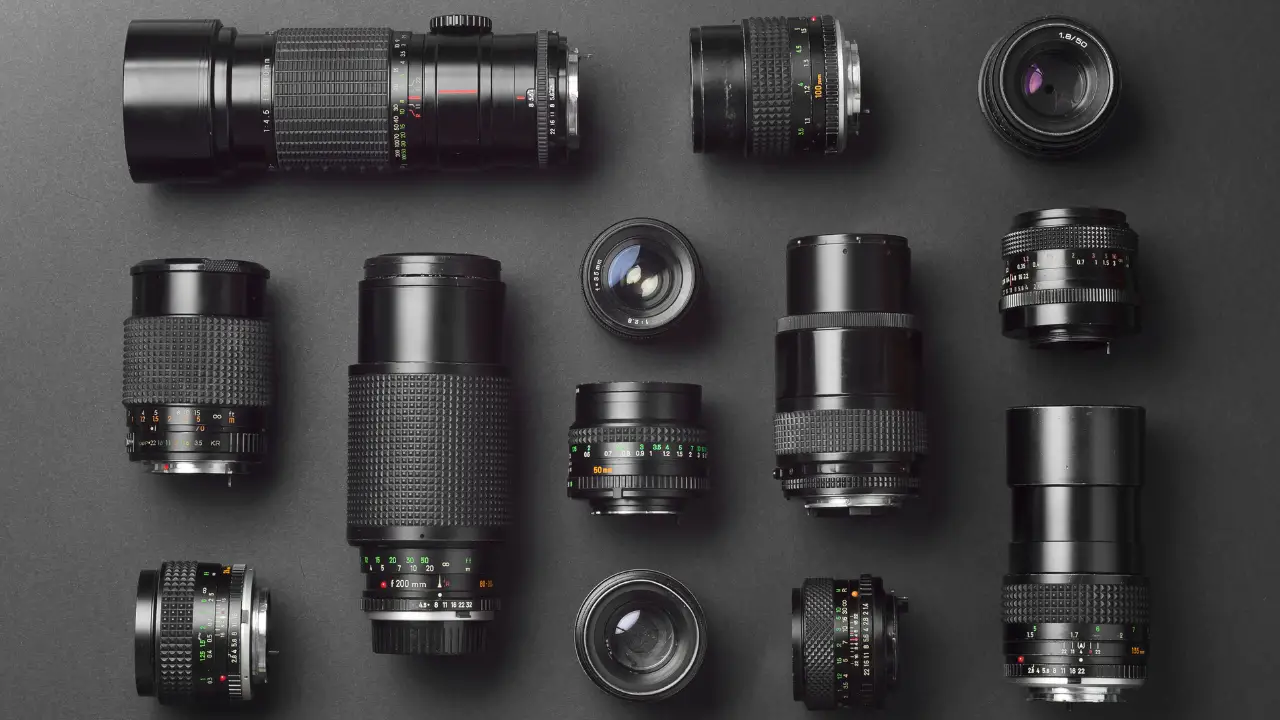


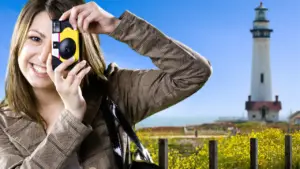
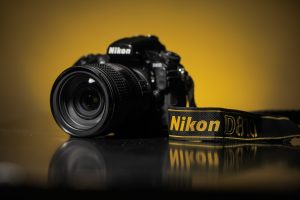


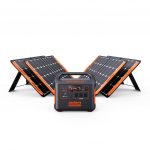

[…] iPhone 15 Pro Max is not just about photography, it’s also a powerhouse for video recording. It supports 4K video recording with Dolby Vision, […]